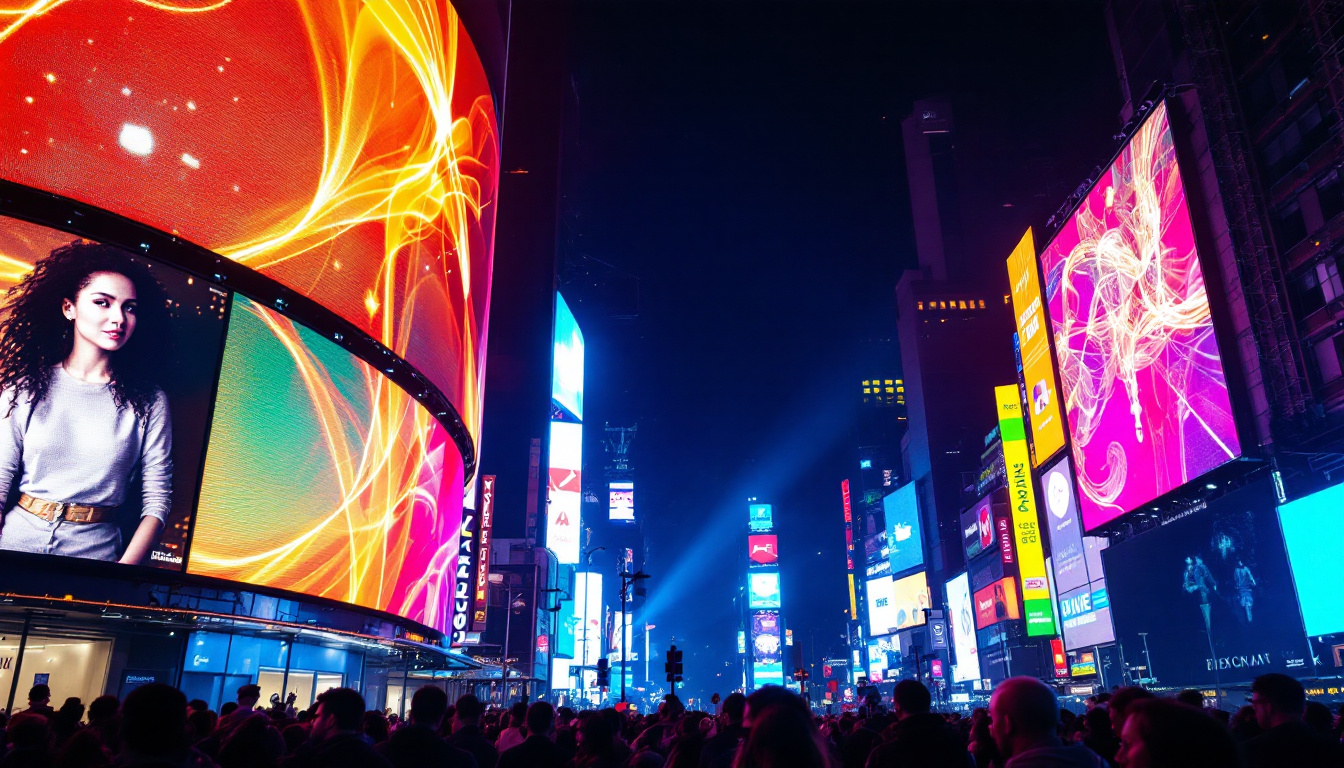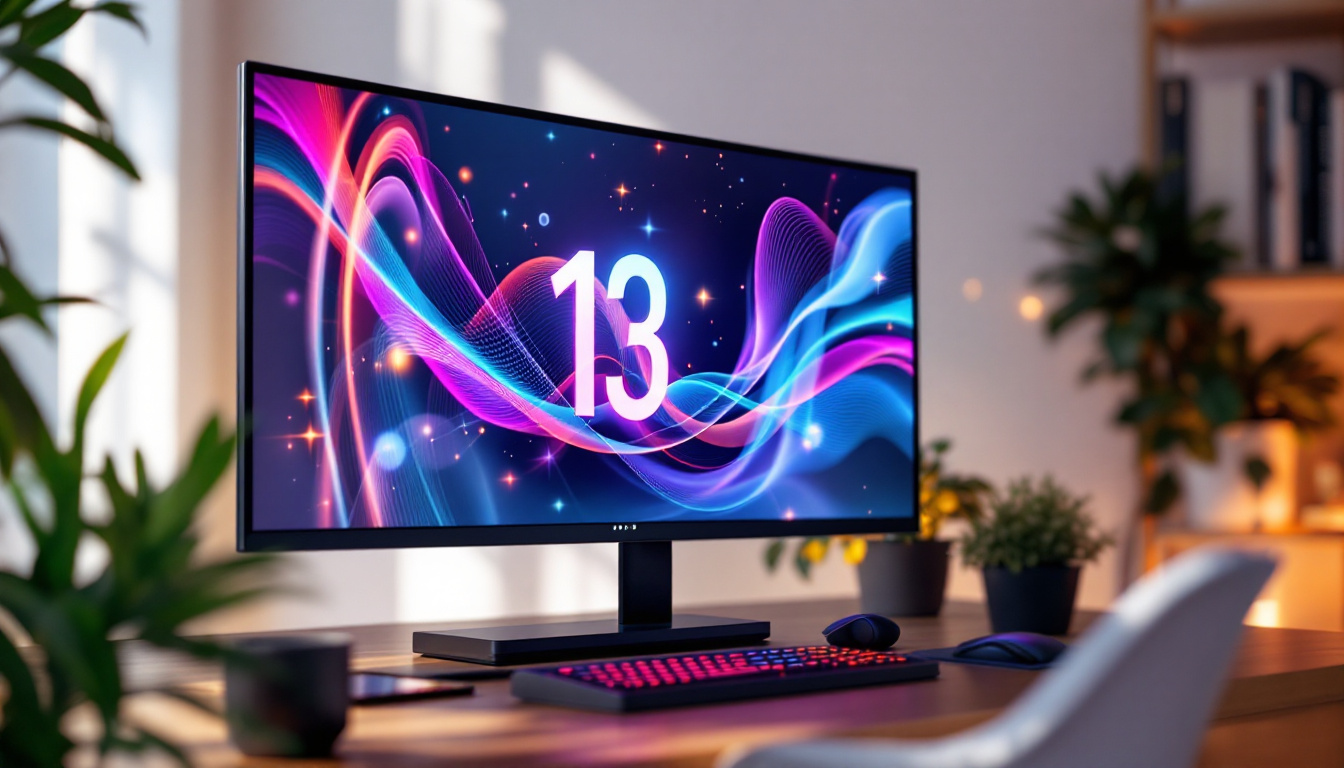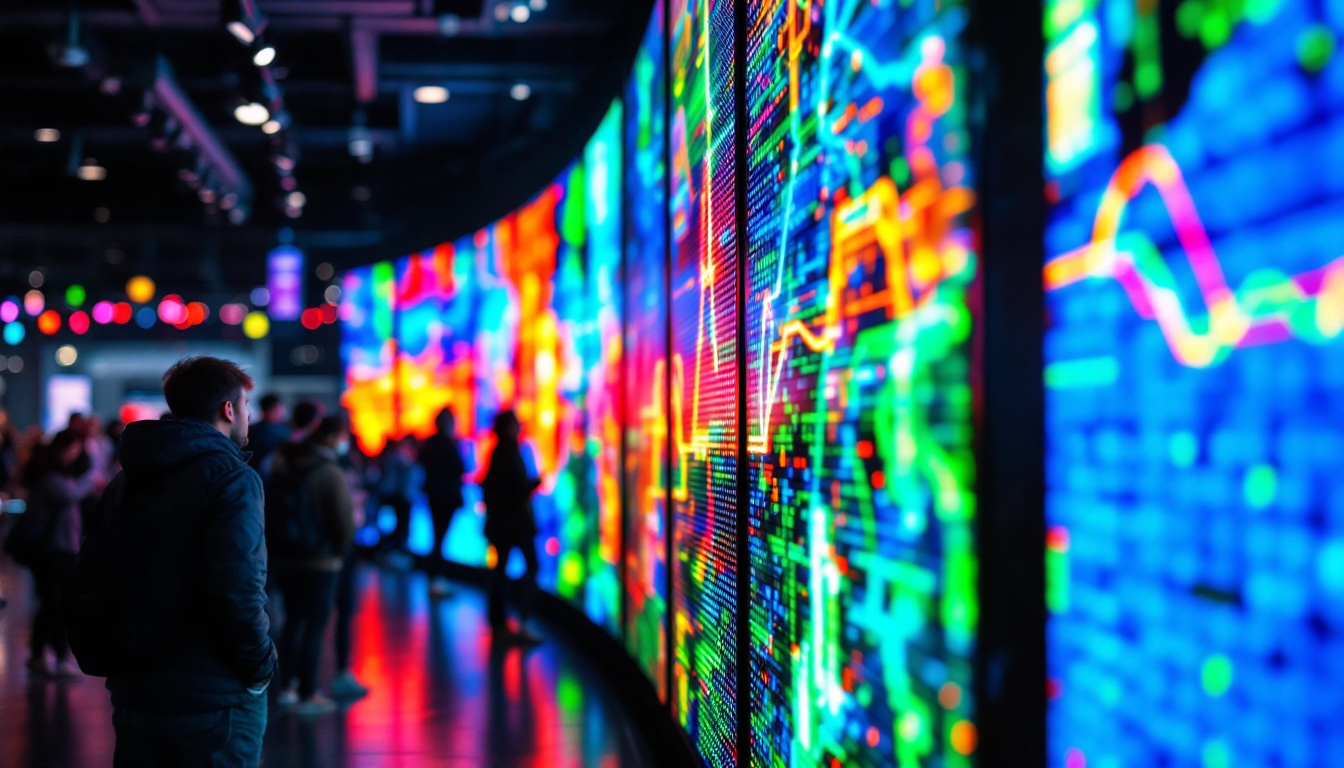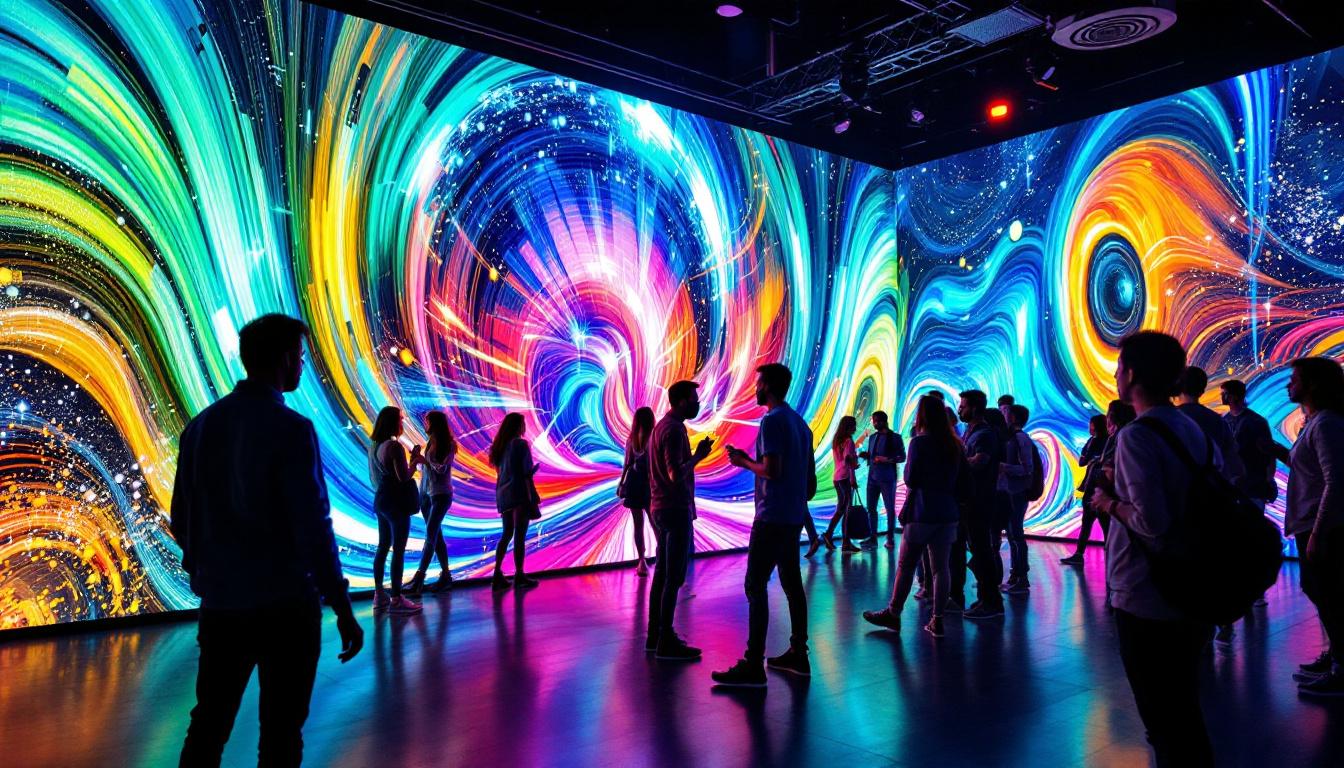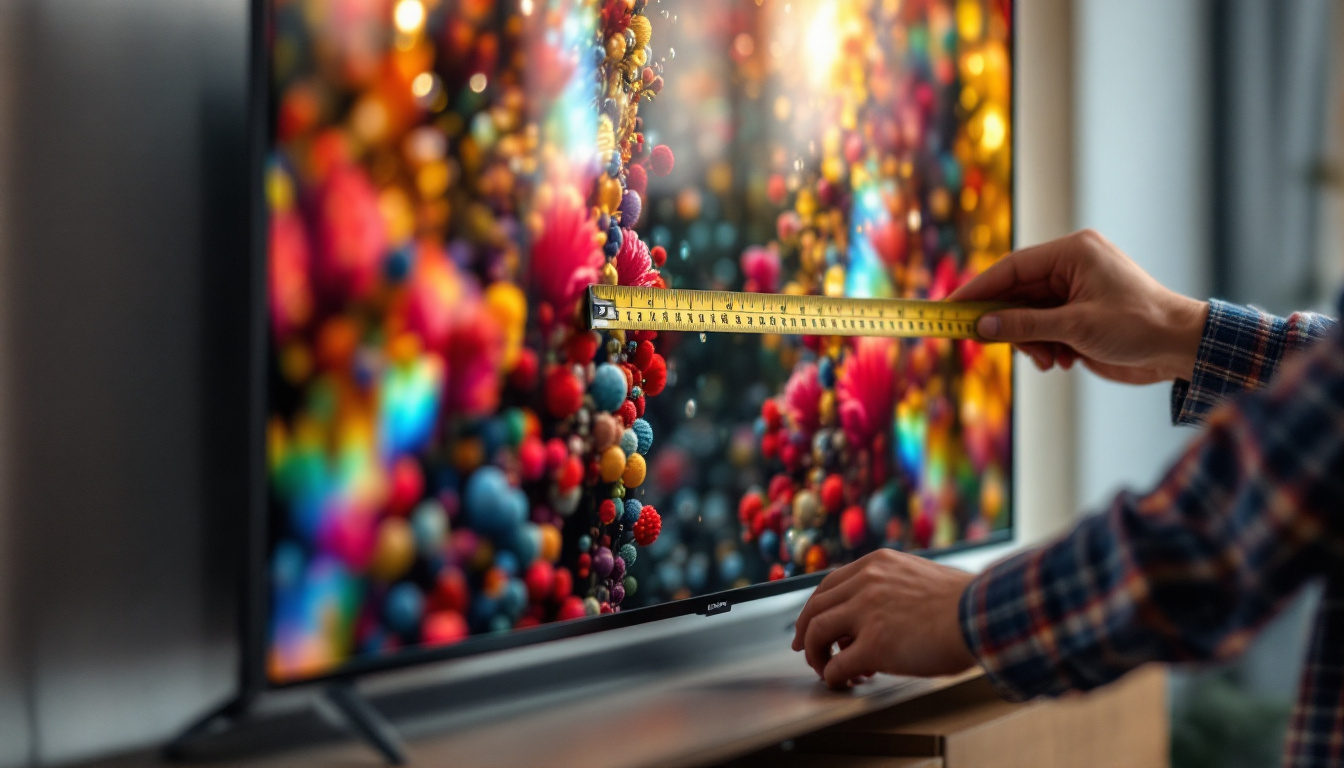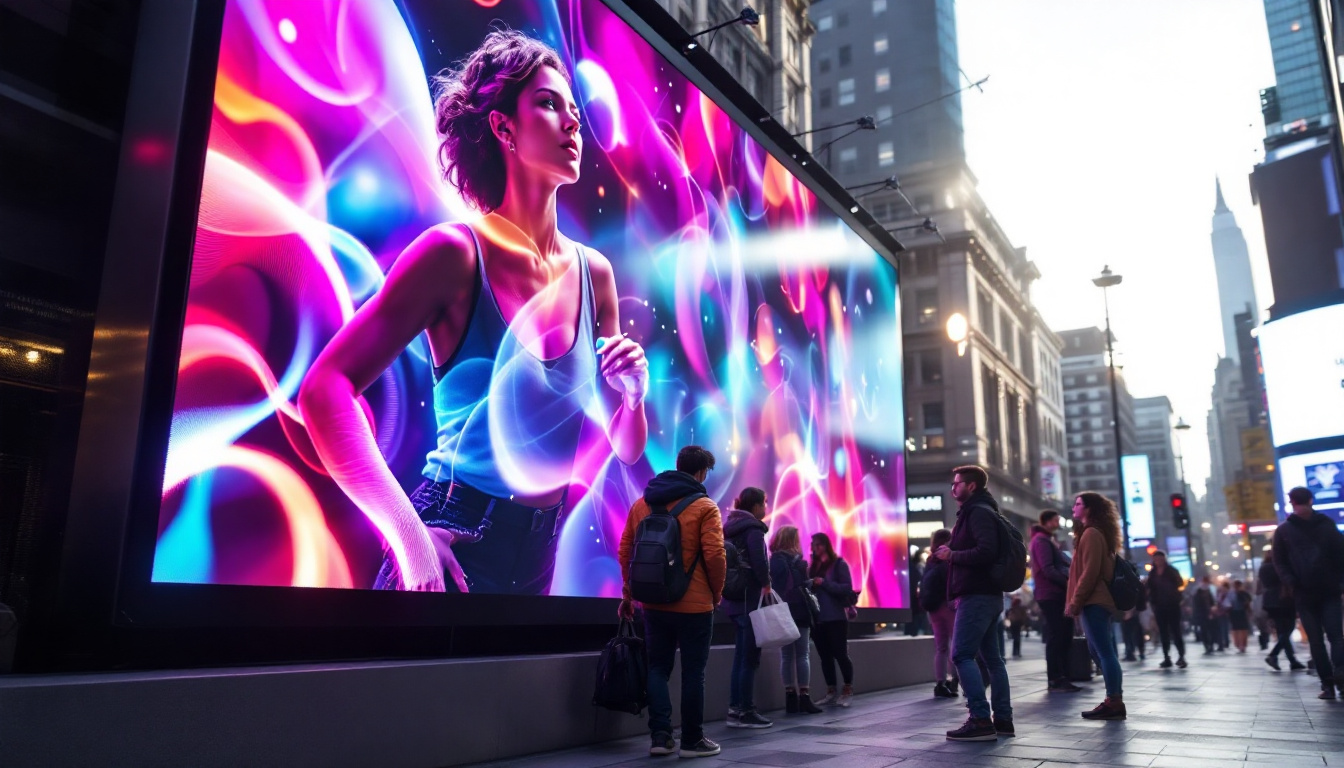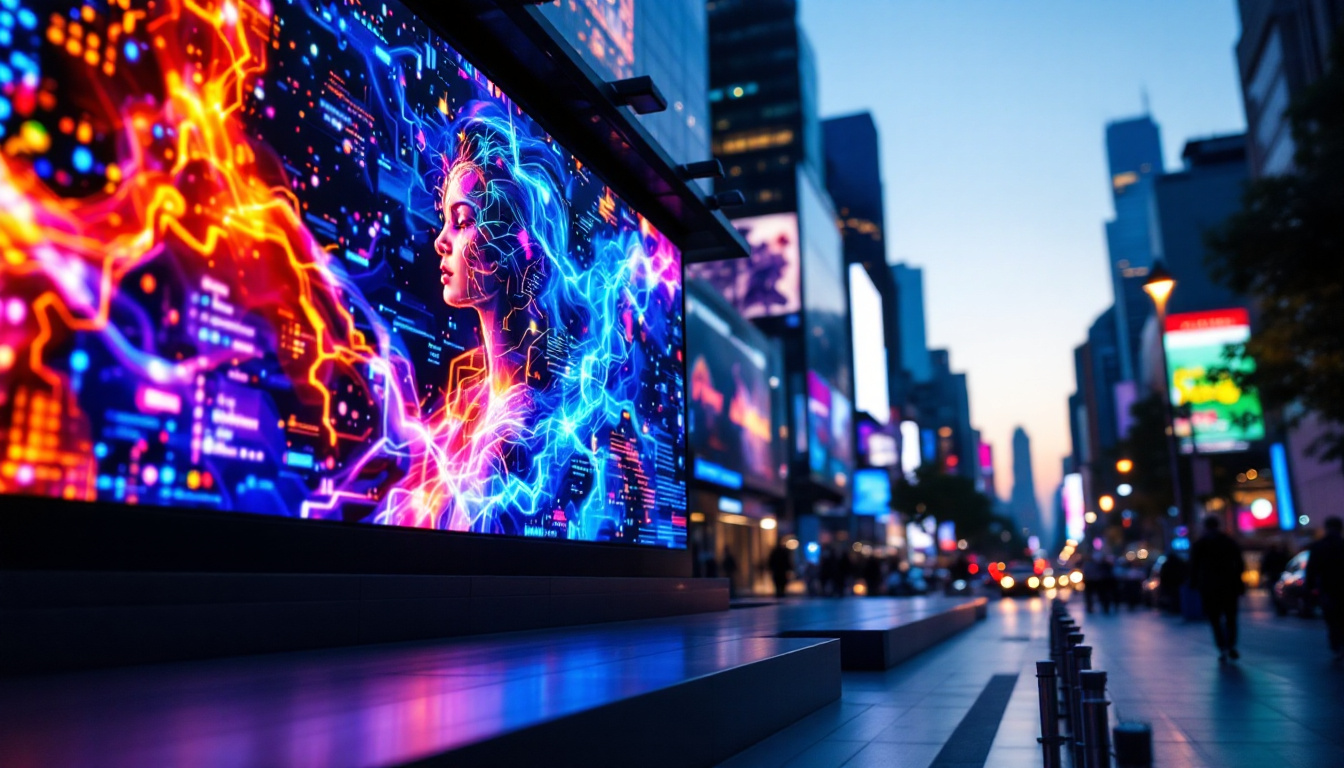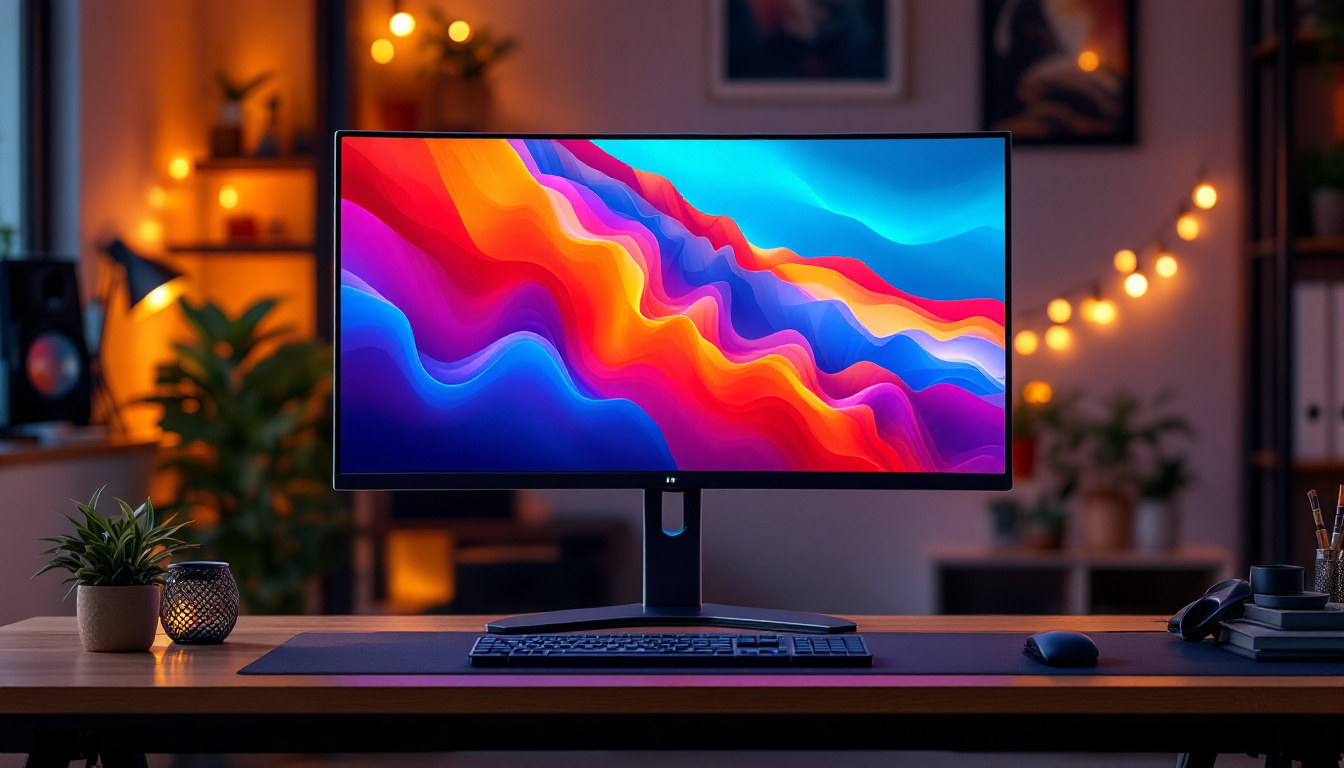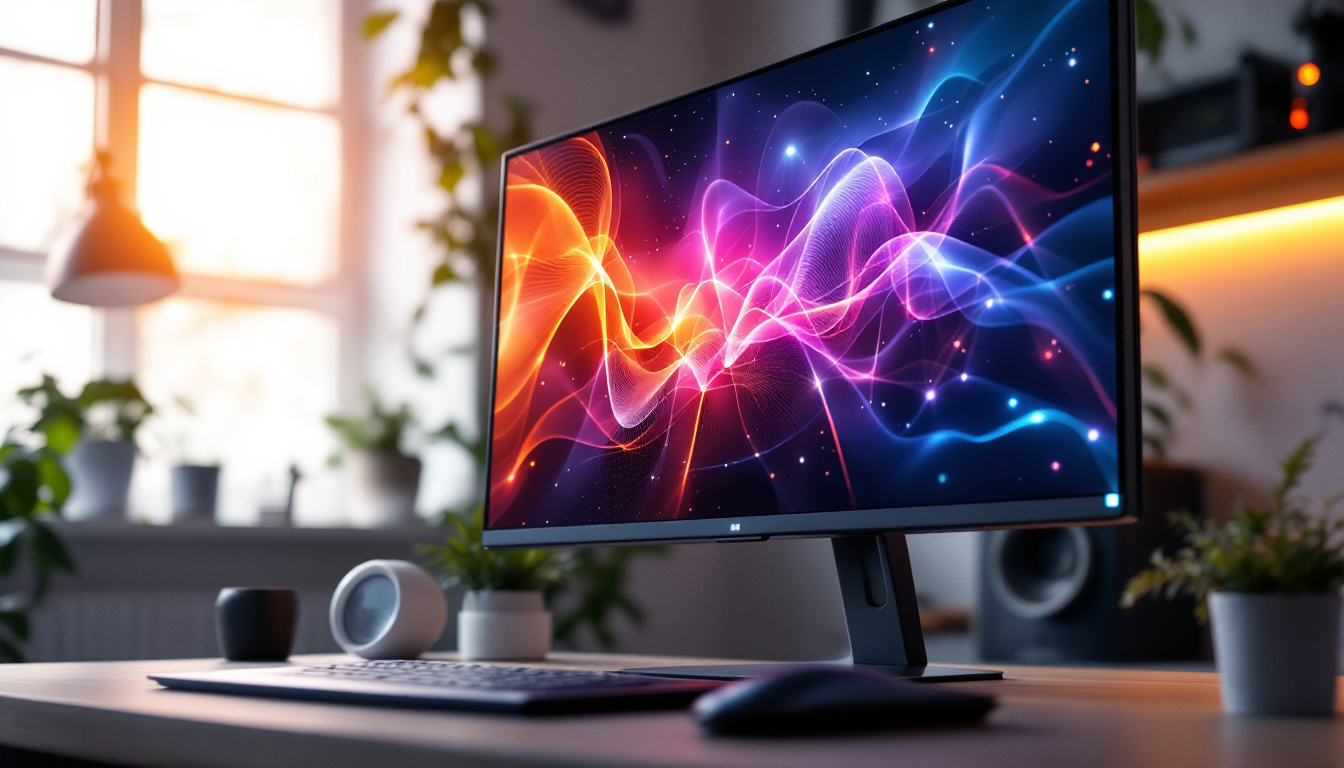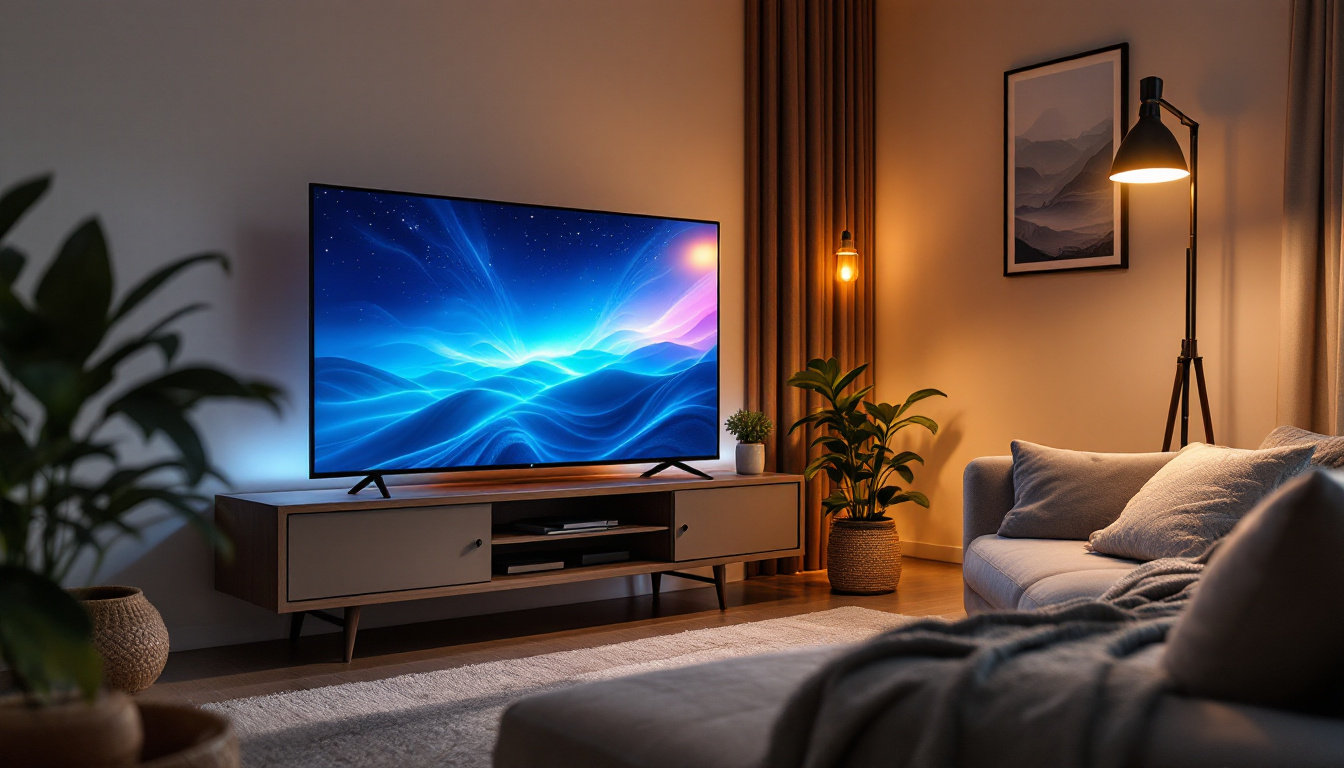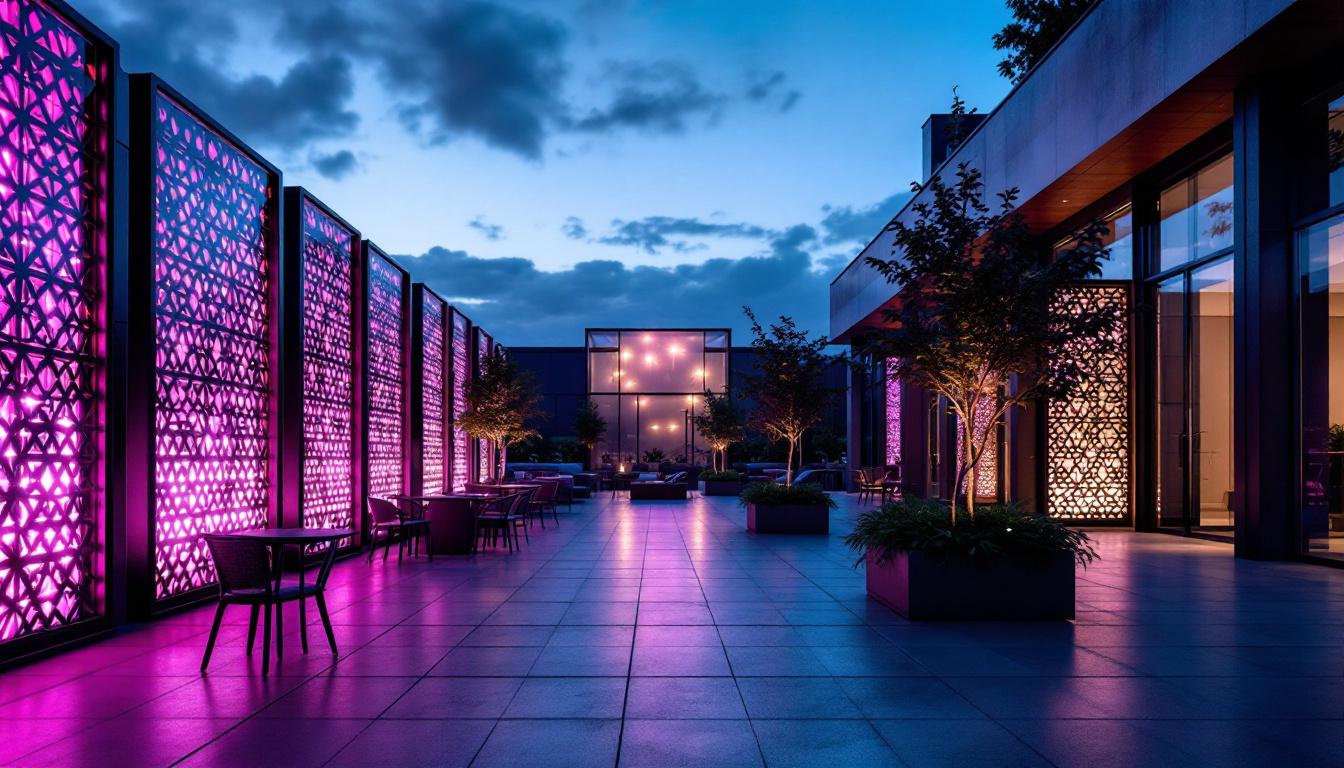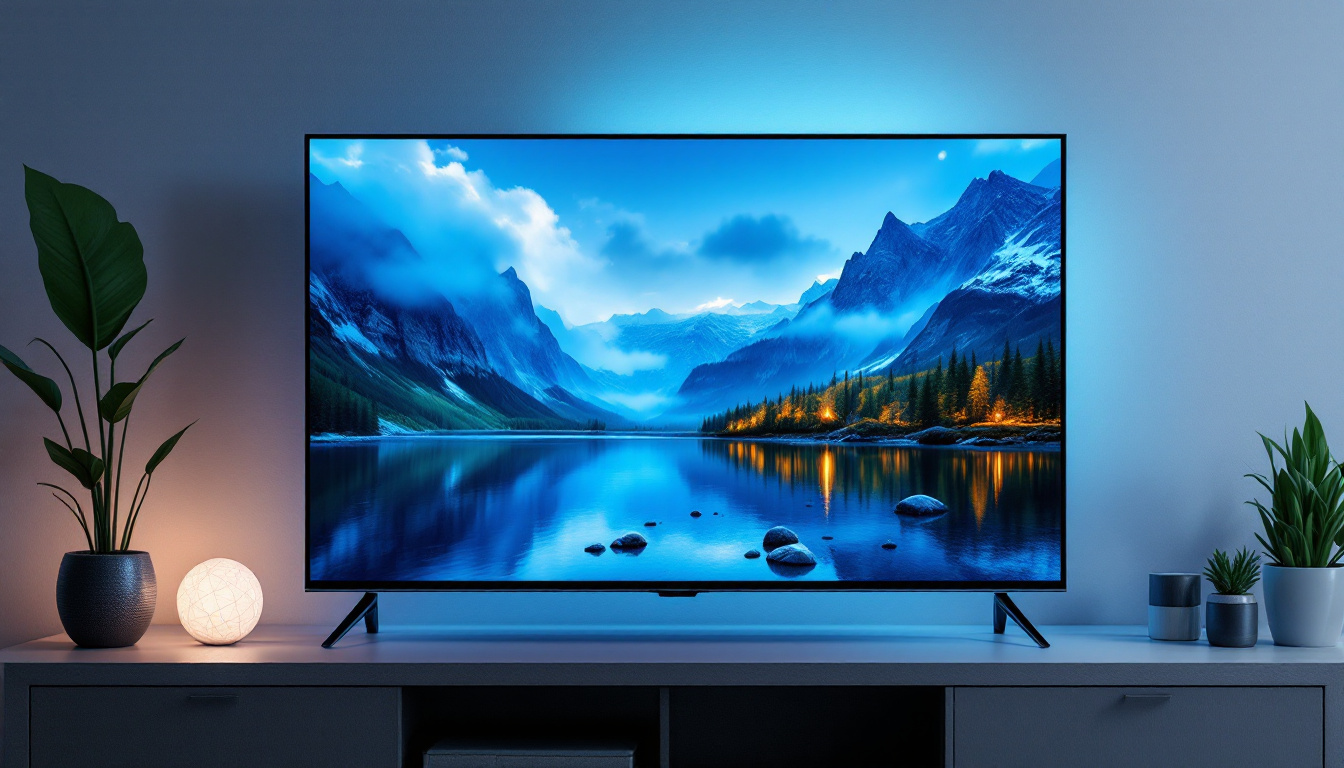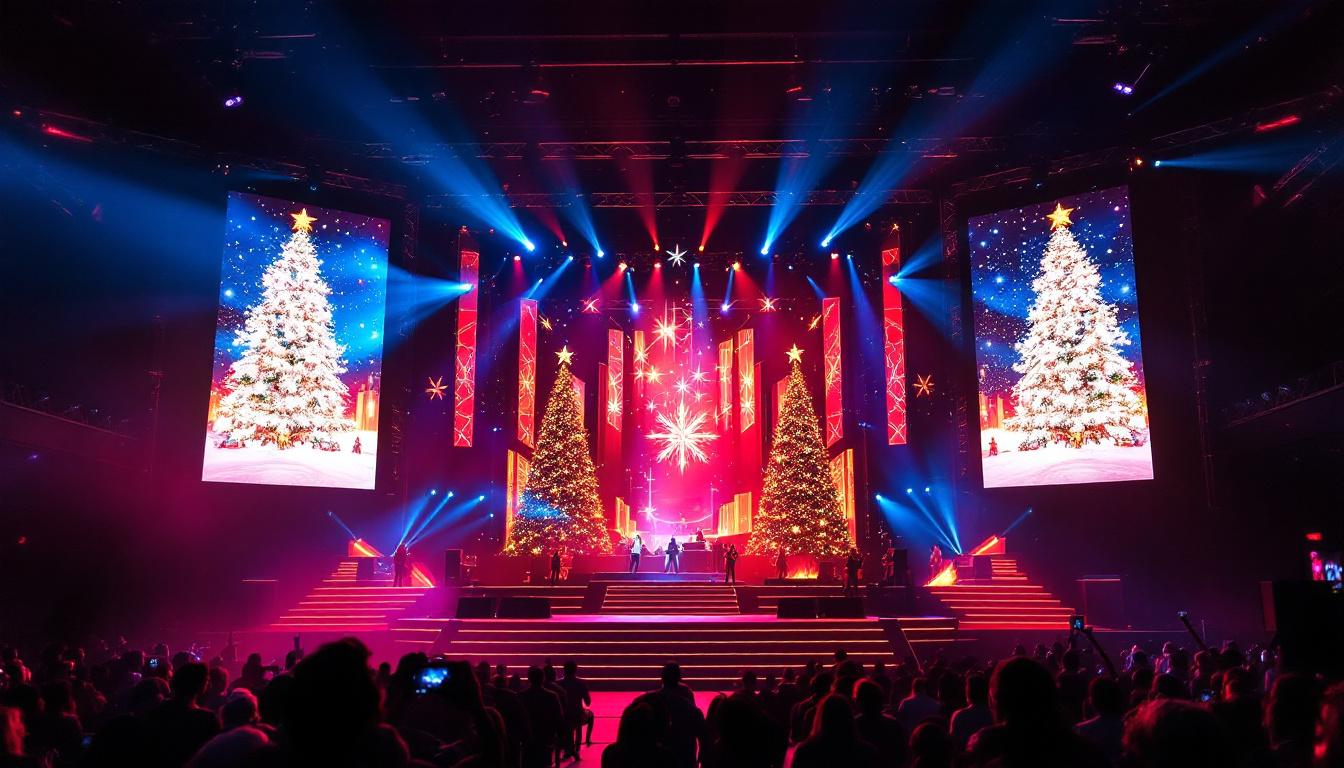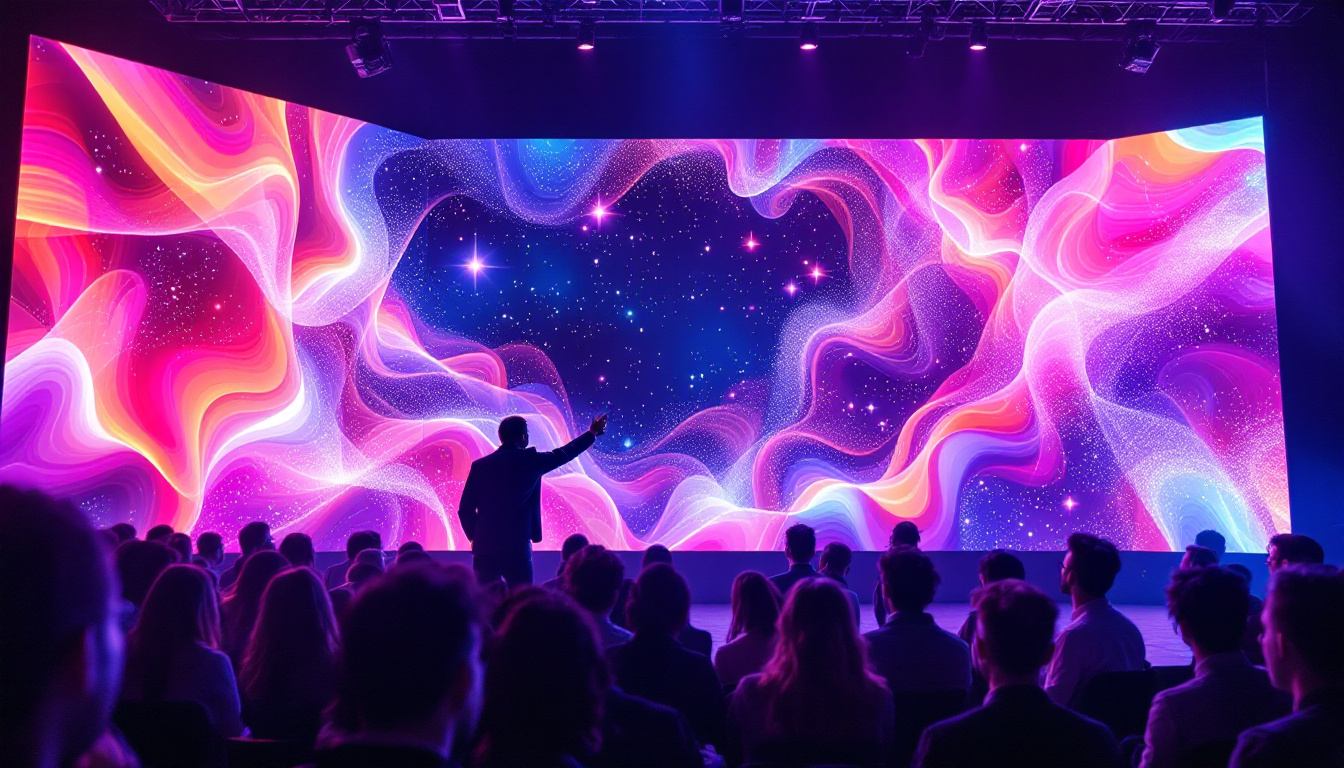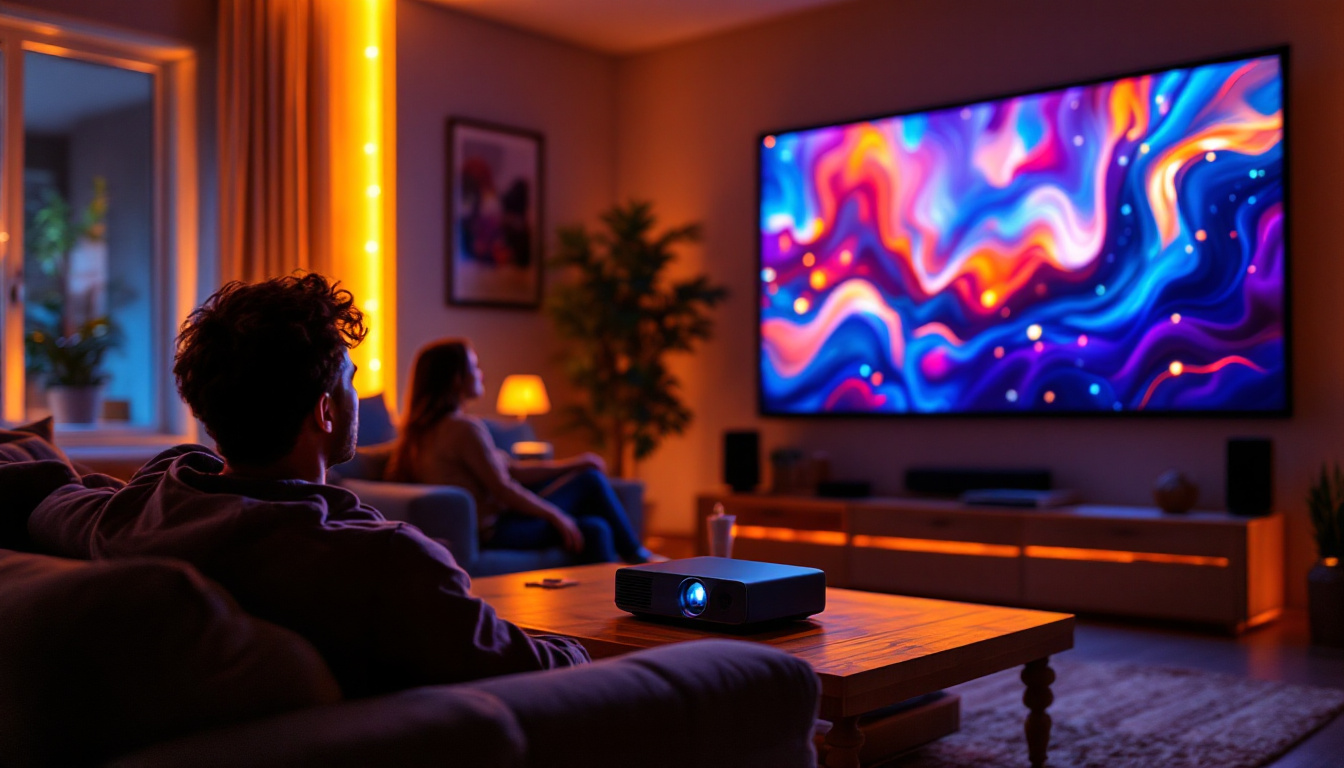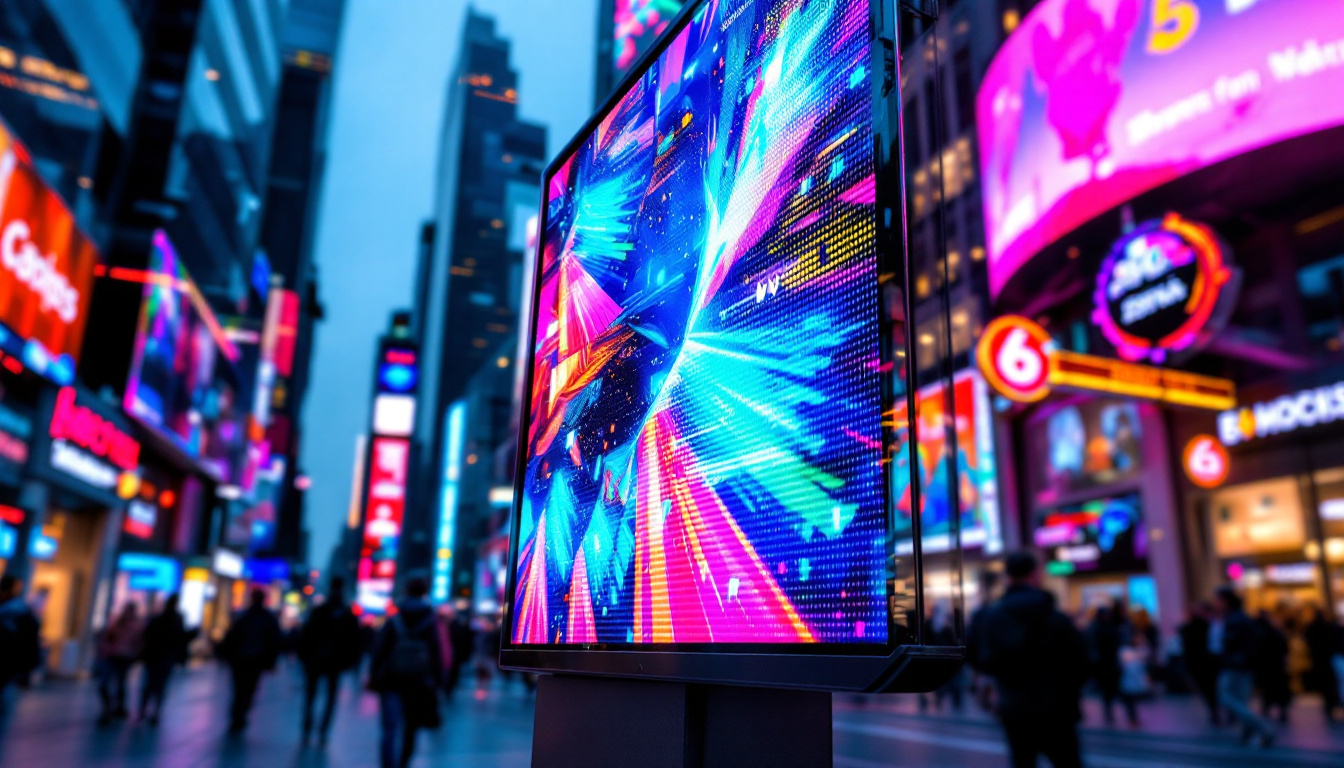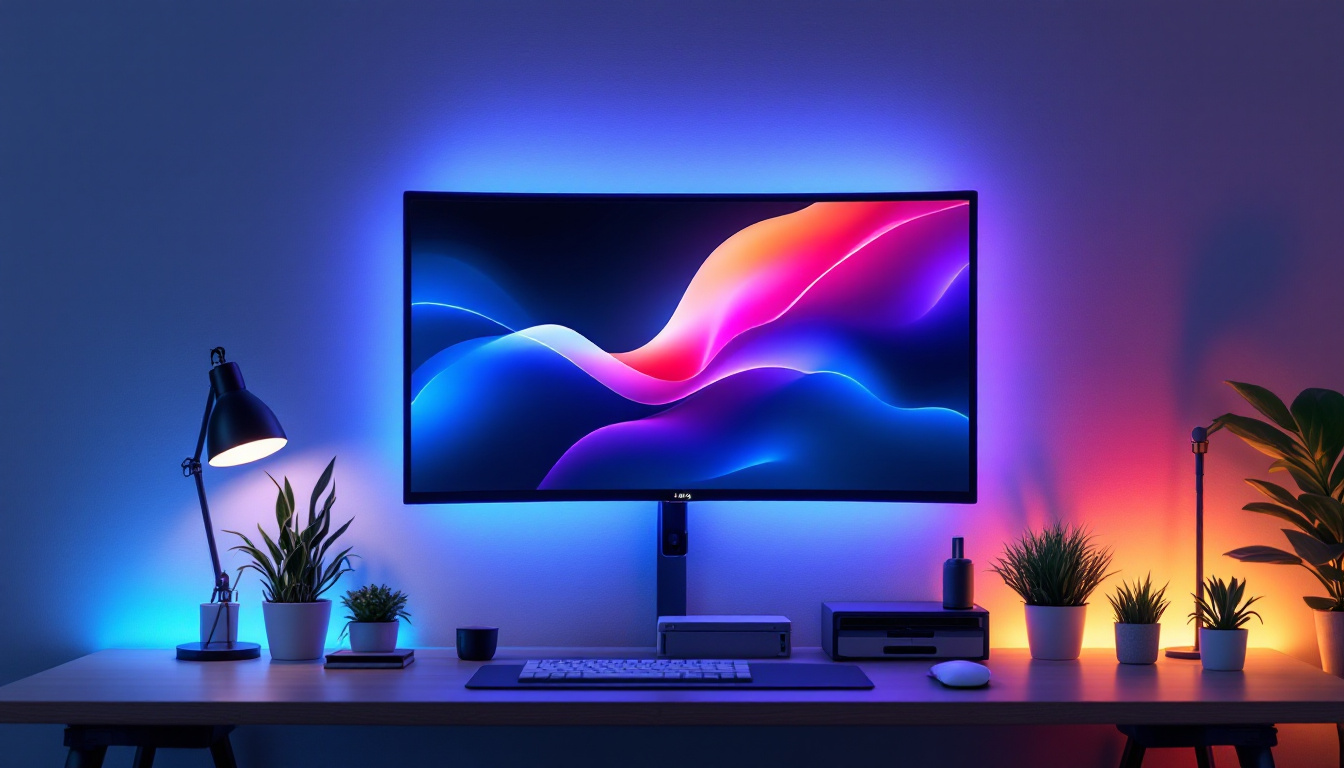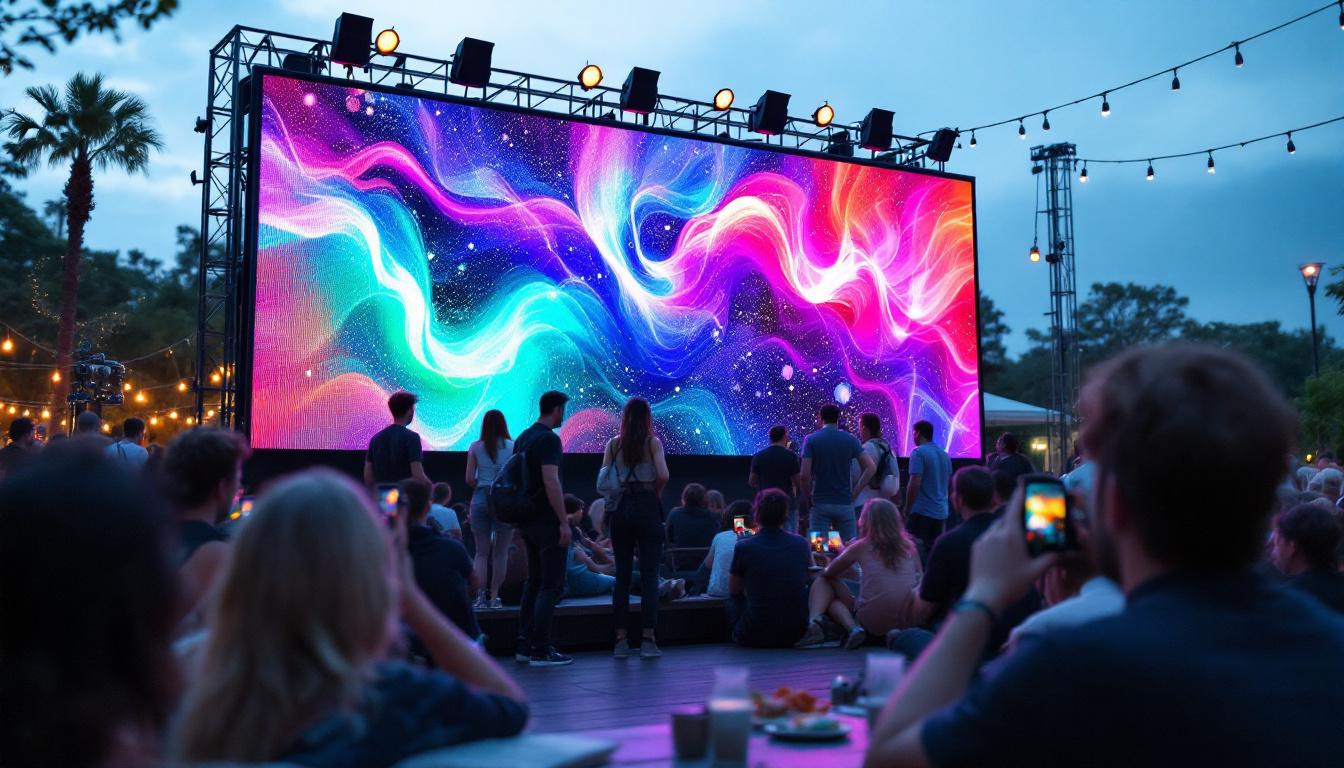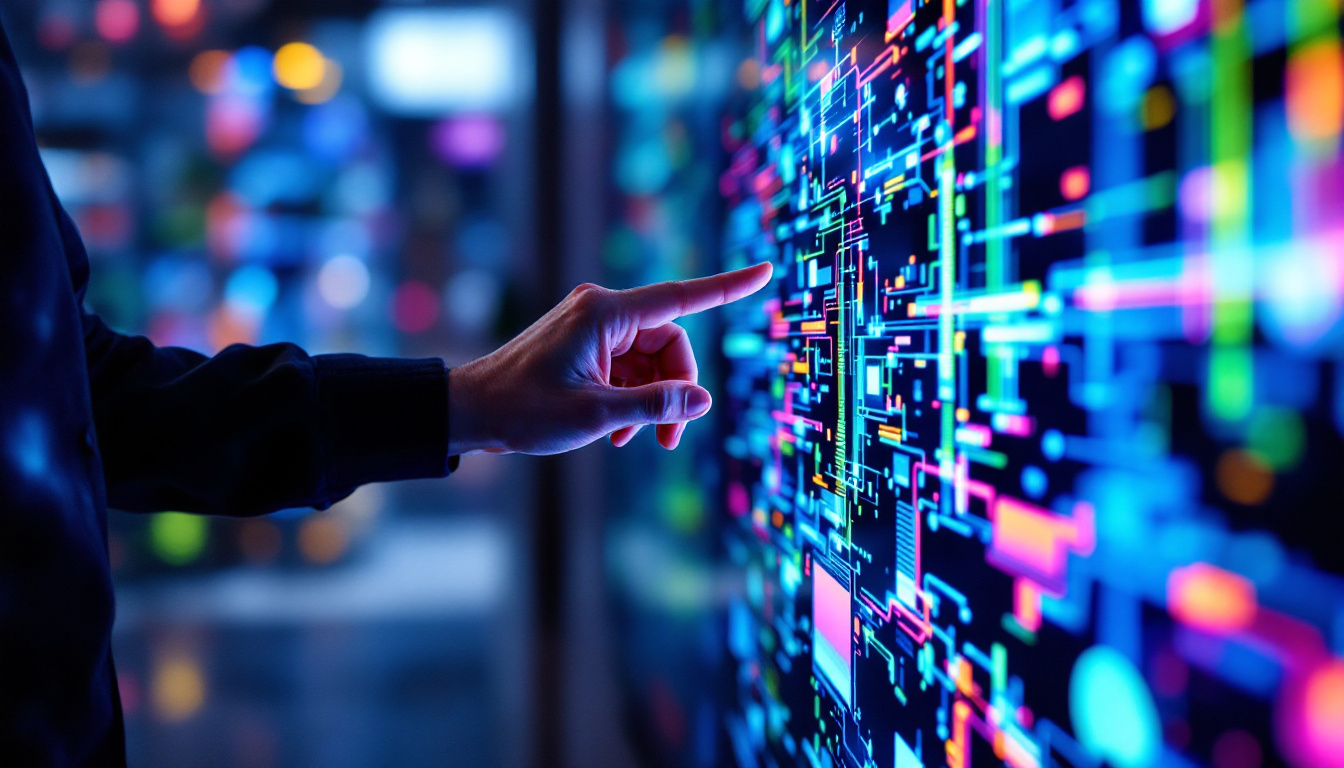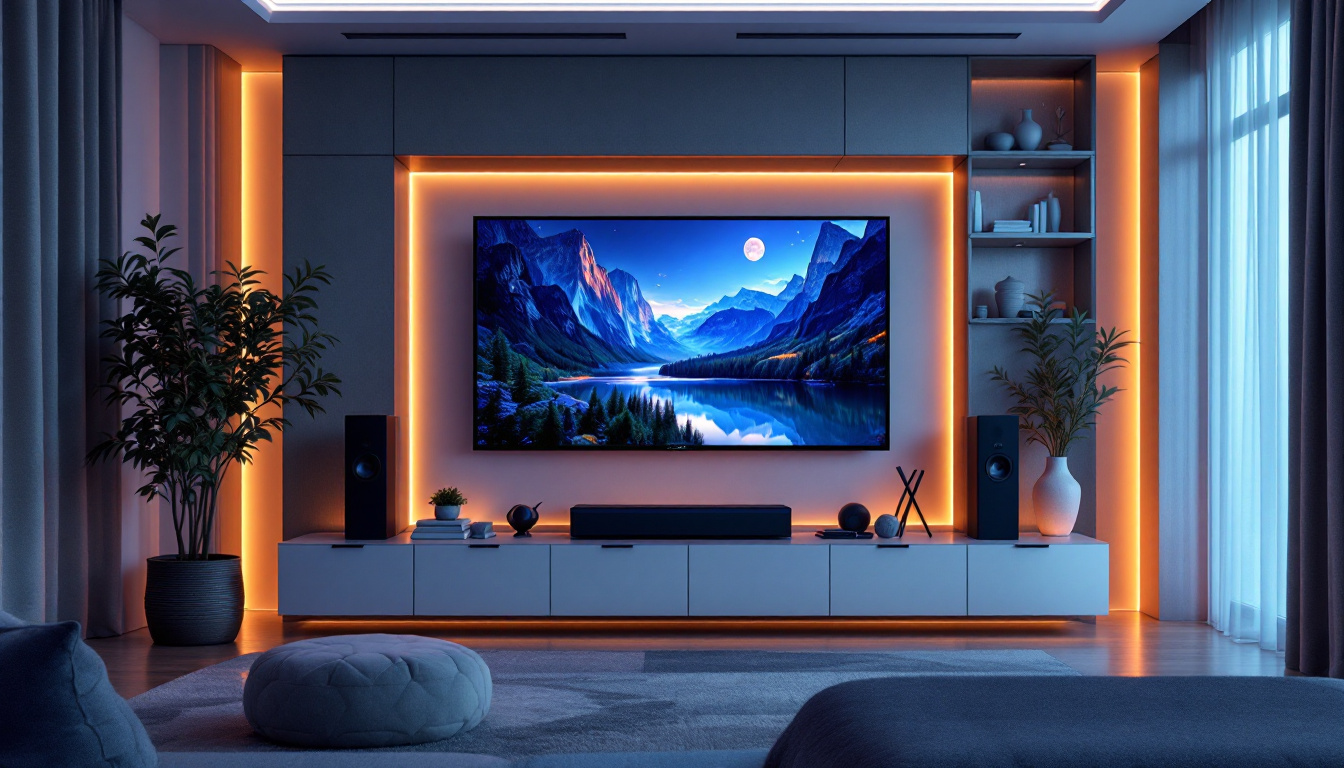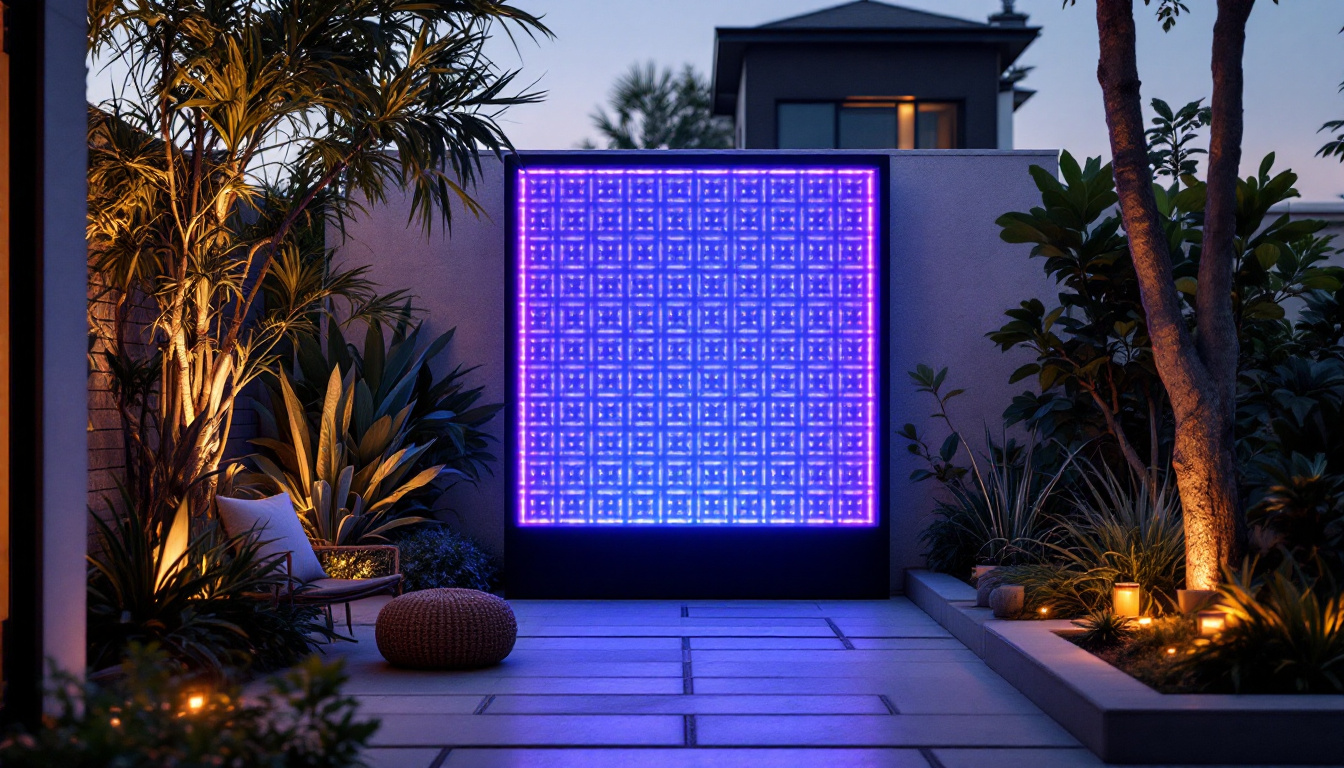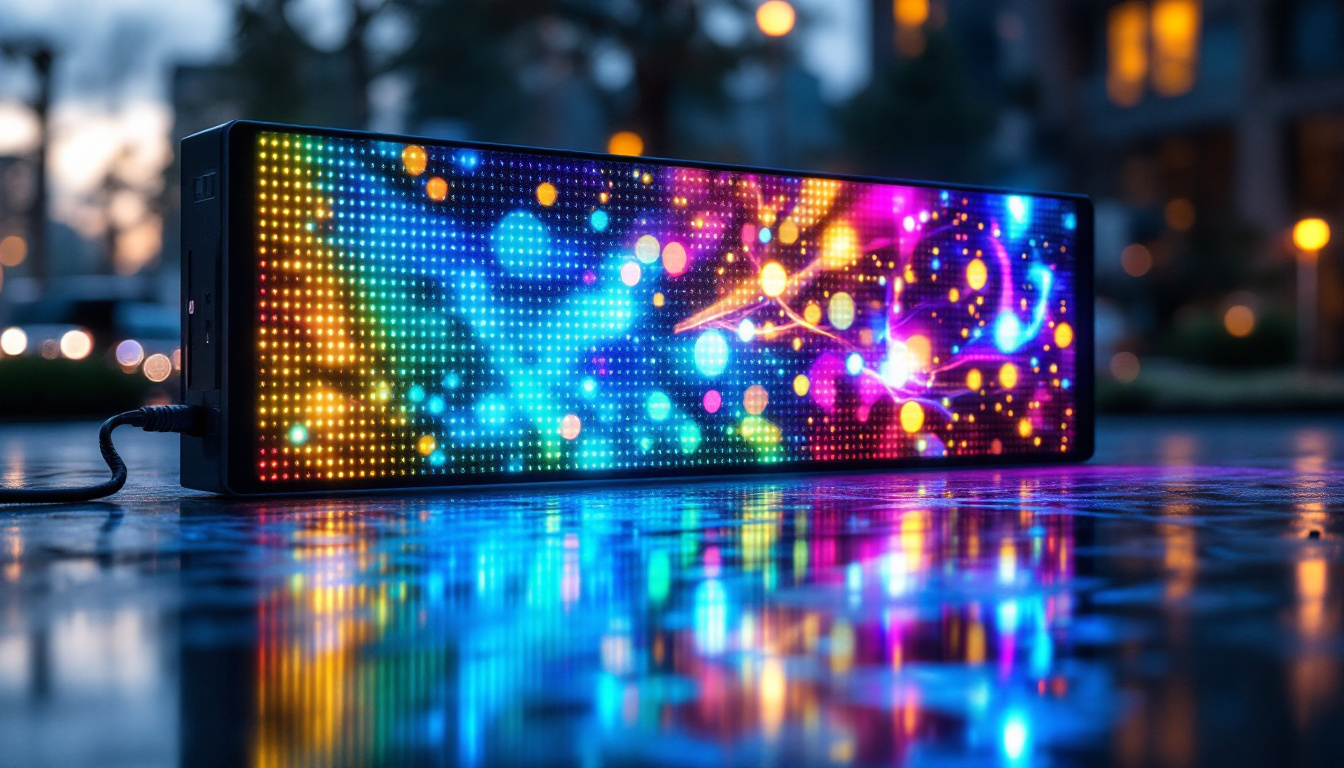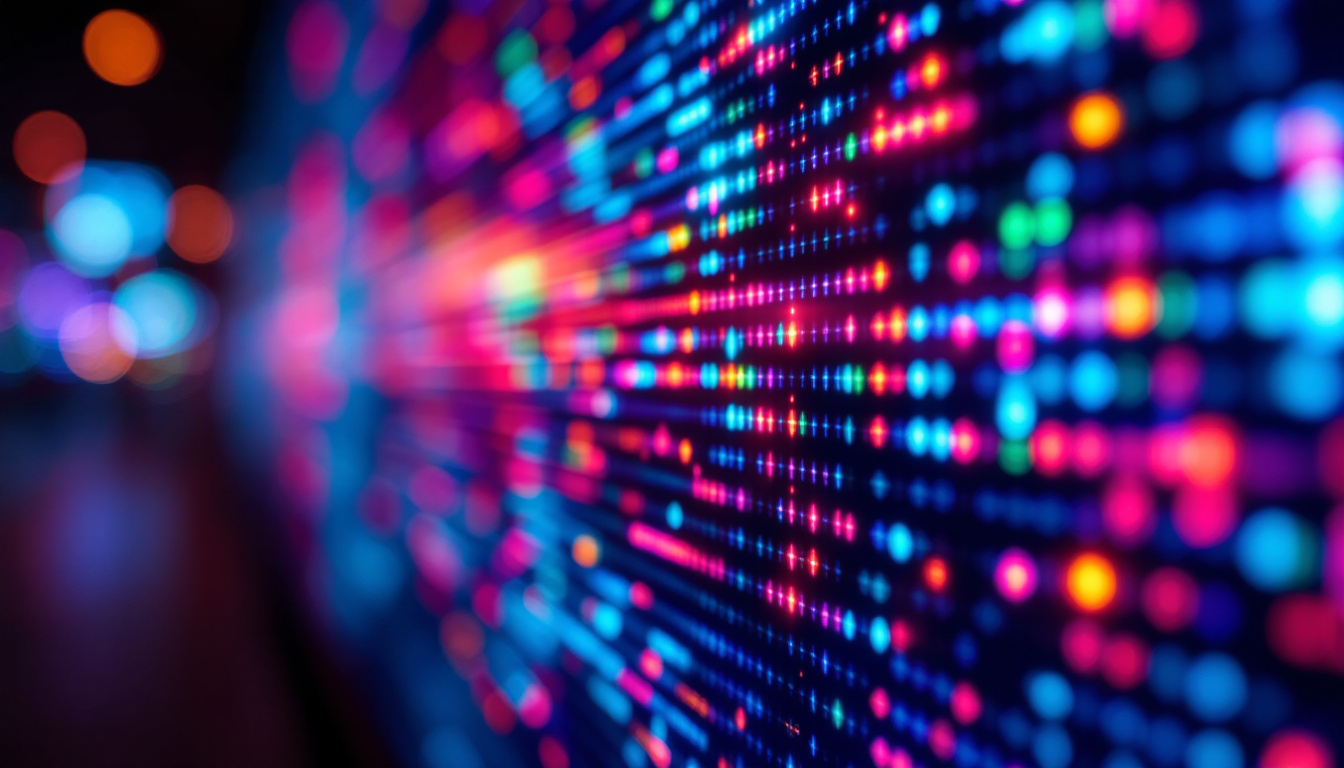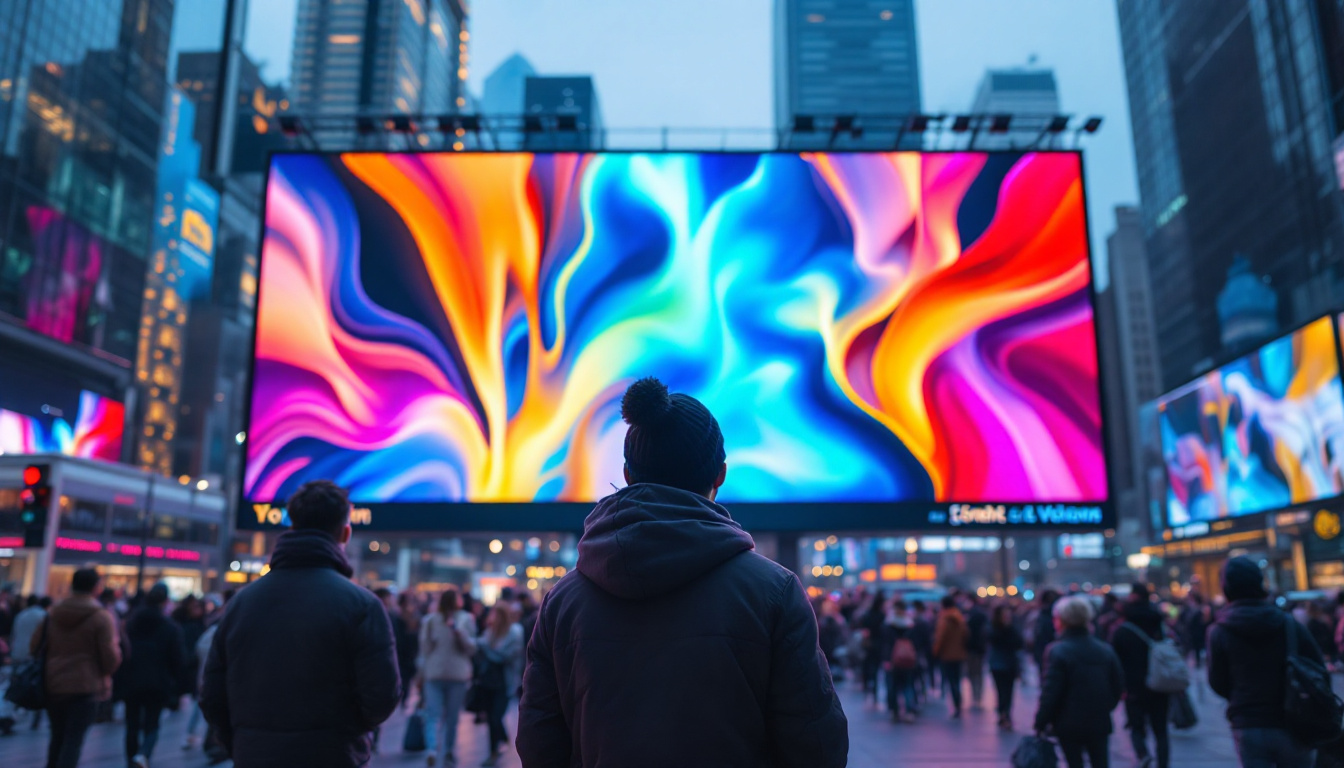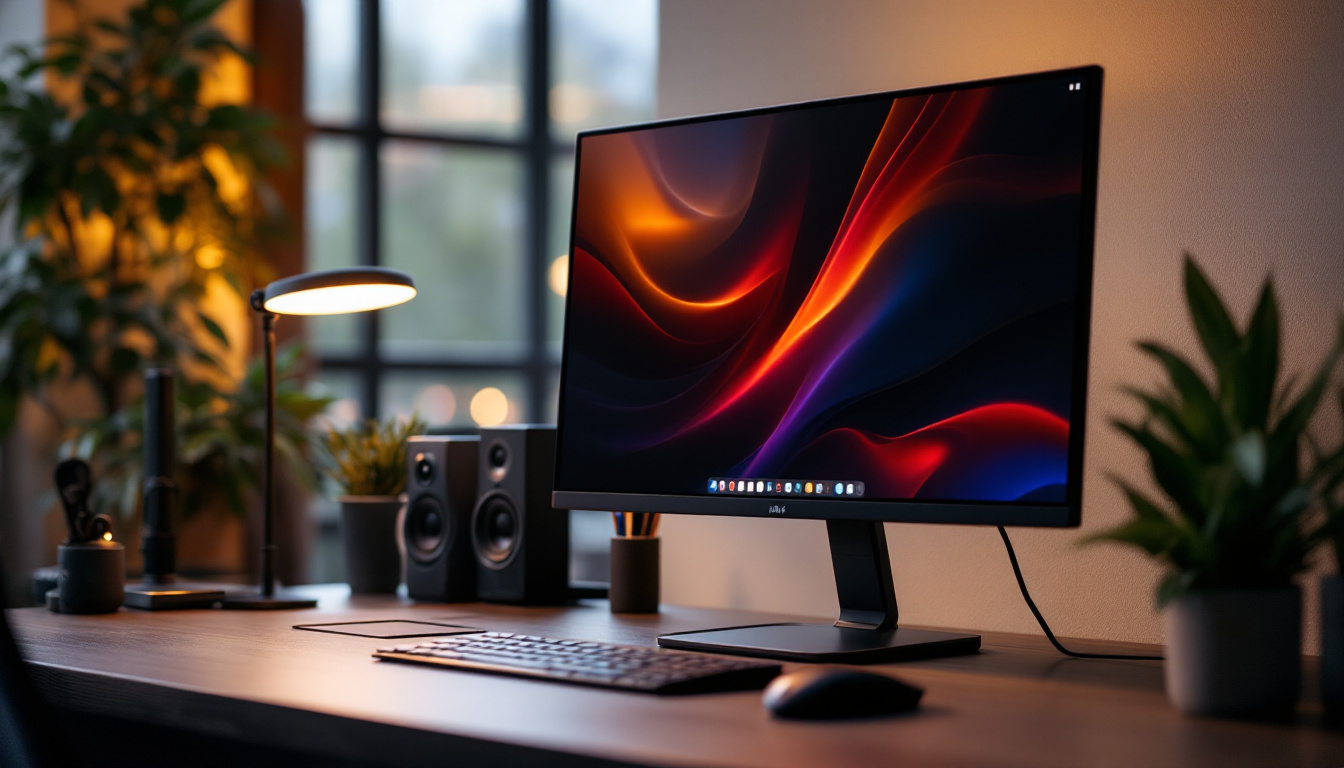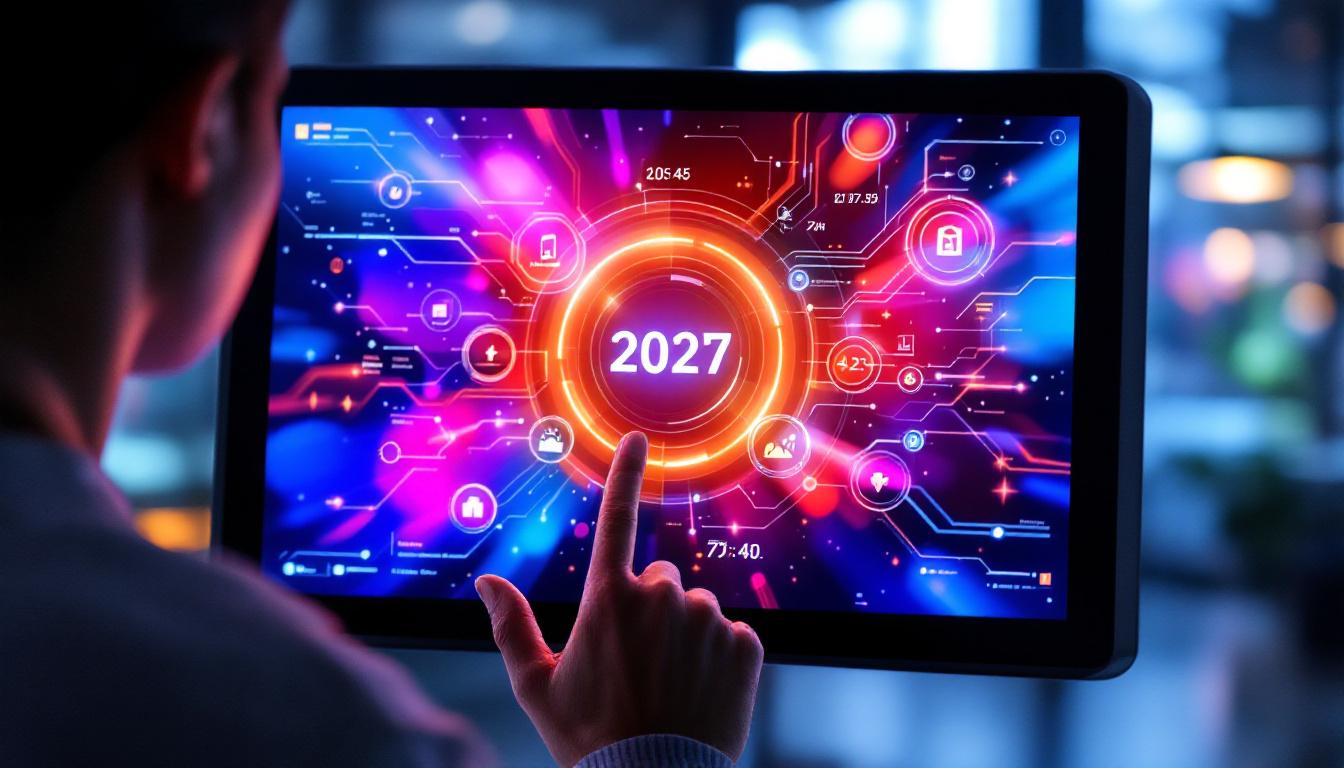In today’s digital age, LED displays have become ubiquitous, transforming the way information is presented and consumed. From large outdoor billboards to small handheld devices, the versatility and efficiency of LED technology have made it a preferred choice for various applications. This article delves into the definition of LED displays, their working principles, types, applications, and advantages, providing a comprehensive understanding of this remarkable technology.
Understanding LED Technology
LED stands for Light Emitting Diode, a semiconductor device that emits light when an electric current passes through it. This technology has revolutionized the lighting and display industries, providing energy-efficient solutions that offer superior brightness and longevity compared to traditional lighting methods. The rapid advancements in LED technology have not only transformed consumer electronics but have also paved the way for innovative applications across various sectors, including automotive, horticulture, and even medical fields.
The Basics of LED Operation
The fundamental operation of an LED involves the movement of electrons within a semiconductor material. When electricity flows through the diode, electrons recombine with holes (the absence of electrons) within the material, releasing energy in the form of photons, which is visible light. The color of the emitted light depends on the materials used in the semiconductor. This phenomenon is known as electroluminescence, and it is this unique property that allows LEDs to be engineered for specific applications, including the production of different colors and intensities of light.
LEDs are categorized into two main types: organic LEDs (OLEDs) and inorganic LEDs. OLEDs utilize organic compounds to produce light and are known for their flexibility and ability to produce vibrant colors. In contrast, inorganic LEDs are more commonly used in displays and lighting due to their durability and efficiency. The development of white LEDs, which combine red, green, and blue light to create a broad spectrum of colors, has further expanded the versatility of LED technology, making it suitable for everything from home lighting to large-scale outdoor displays.
Key Features of LED Displays
LED displays are characterized by several key features that set them apart from other display technologies, such as LCD and plasma. These features include:
- High Brightness: LED displays can produce bright images that are easily viewable in various lighting conditions.
- Energy Efficiency: They consume less power compared to traditional display technologies, making them environmentally friendly.
- Longevity: LED displays have a longer lifespan, often exceeding 50,000 hours, reducing the need for frequent replacements.
Additionally, LED displays offer superior contrast ratios and faster refresh rates, which contribute to smoother motion and clearer images, especially in fast-paced video content. The modular nature of LED technology allows for the creation of large video walls and customizable display sizes, making them ideal for advertising, sports arenas, and concert venues. Moreover, advancements in smart LED technology have enabled features such as dynamic brightness adjustment and color calibration, further enhancing the user experience and making LED displays an increasingly popular choice for both commercial and residential applications.
Types of LED Displays
LED displays come in various types, each designed for specific applications. Understanding these types can help in selecting the right display for a particular need.
Indoor vs. Outdoor LED Displays
Indoor LED displays are designed for use in enclosed spaces, such as shopping malls, airports, and conference rooms. They typically have a higher pixel density, resulting in sharper images and text. These displays are ideal for presentations, advertising, and information dissemination. Their ability to render vibrant colors and intricate details makes them a popular choice for digital signage in retail environments, where capturing customer attention is crucial.
Outdoor LED displays, on the other hand, are built to withstand harsh weather conditions. They feature a lower pixel density but are designed for high brightness levels to ensure visibility in direct sunlight. These displays are commonly used for billboards, sports arenas, and public announcements. Additionally, many outdoor LED displays come equipped with protective features such as weatherproof casings and anti-glare technology, ensuring that they remain functional and clear even in adverse weather conditions, making them a reliable choice for advertisers and event organizers alike.
Fixed vs. Modular LED Displays
Fixed LED displays are permanent installations that are often used for advertising or information display in specific locations. They are typically larger and designed for high traffic areas. These displays can be found in places like stadiums and large retail stores, where they serve as a constant source of information and promotion, often providing real-time updates and engaging content to the audience.
Modular LED displays consist of smaller panels that can be assembled to create a larger display. This flexibility allows for customized sizes and shapes, making them suitable for various applications, including exhibitions and events. The modular design not only facilitates easy transportation and installation but also enables quick repairs and upgrades, ensuring that the display can evolve with changing needs. Furthermore, these displays can be configured in unique arrangements, such as curved or irregular shapes, allowing for creative presentations that can captivate audiences in ways that traditional displays cannot.
Applications of LED Displays
The versatility of LED displays has led to their adoption across numerous industries. Their applications are diverse, ranging from advertising to entertainment and beyond.
Advertising and Marketing
One of the most prominent uses of LED displays is in advertising. Billboards and digital signage utilize LED technology to capture attention with dynamic content. The ability to change messages quickly allows advertisers to target specific audiences and adapt to changing market conditions.
Retailers also leverage LED displays for promotional campaigns, enhancing customer engagement with eye-catching visuals and animations. The interactive capabilities of some LED displays enable customers to interact with the content, further enriching the shopping experience.
Entertainment and Events
In the entertainment industry, LED displays play a crucial role in concerts, festivals, and sporting events. Large LED screens are used to broadcast live performances, ensuring that audiences have a clear view of the action, regardless of their seating position.
Moreover, LED technology is integral to stage design, allowing for creative lighting effects and immersive experiences. The flexibility of modular LED displays enables designers to create unique setups tailored to specific events.
Public Information and Transportation
LED displays are widely used in public information systems, such as train stations and airports. They provide real-time updates on schedules, delays, and important announcements, ensuring travelers have access to timely information.
Additionally, LED displays are employed in traffic management systems, displaying crucial information to drivers, such as speed limits and road conditions. This application enhances safety and improves traffic flow in urban areas.
Advantages of LED Displays
The growing popularity of LED displays can be attributed to several advantages they offer over traditional display technologies. These benefits make them an attractive option for businesses and organizations.
Energy Efficiency
One of the most significant advantages of LED displays is their energy efficiency. Compared to traditional incandescent or fluorescent lighting, LEDs consume significantly less power, leading to reduced energy costs. This efficiency not only benefits the environment but also lowers operating expenses for businesses.
Durability and Maintenance
LED displays are known for their durability. Unlike fragile LCD screens, LEDs are resistant to shocks and vibrations, making them suitable for high-traffic environments. Their long lifespan also means less frequent maintenance and replacement, which can be a significant cost-saving factor.
Versatility and Customization
The versatility of LED displays allows for a wide range of applications. From large outdoor billboards to small indoor screens, they can be customized to fit various shapes and sizes. This adaptability makes them an ideal choice for businesses seeking to create unique visual experiences.
Challenges and Considerations
While LED displays offer numerous advantages, there are also challenges and considerations that potential users should be aware of. Understanding these factors can help in making informed decisions.
Initial Costs
The initial investment for LED displays can be higher than traditional display technologies. While the long-term savings on energy and maintenance can offset this cost, organizations should carefully evaluate their budget and expected return on investment.
Brightness and Viewing Distance
Choosing the right brightness level for an LED display is crucial, especially for outdoor applications. Displays that are too dim may not be visible in bright sunlight, while excessively bright displays can cause discomfort to viewers. Additionally, the pixel pitch, which determines the viewing distance, should be considered to ensure optimal image quality.
The Future of LED Displays
The future of LED displays appears promising, with ongoing advancements in technology and design. Innovations such as flexible and transparent LED displays are on the horizon, offering even more opportunities for creative applications.
Advancements in Technology
As technology continues to evolve, LED displays are becoming more sophisticated. Developments in pixel density and color accuracy are enhancing the visual experience, while improvements in energy efficiency are making them even more sustainable.
Moreover, the integration of smart technology allows for interactive displays that can respond to user input, creating engaging experiences for audiences. This trend is likely to expand, with more applications in retail, entertainment, and public information systems.
Sustainability Initiatives
With increasing awareness of environmental issues, the demand for sustainable display solutions is rising. LED technology is inherently more eco-friendly than traditional options, but manufacturers are also focusing on recyclable materials and energy-efficient production processes.
As sustainability becomes a priority for businesses and consumers alike, LED displays are well-positioned to meet these demands while providing high-quality visual experiences.
Conclusion
LED displays have transformed the way information is communicated, offering a blend of efficiency, versatility, and visual impact. Understanding the technology behind LED displays, their various types, applications, and advantages can empower businesses and organizations to make informed decisions about their use.
As the technology continues to advance, LED displays will undoubtedly play an increasingly significant role in our daily lives, shaping the future of advertising, entertainment, and public communication. Embracing this technology not only enhances visual experiences but also contributes to a more sustainable future.
Discover the Future of Visual Communication with LumenMatrix
Ready to elevate your visual messaging with the latest in LED display technology? Look no further than LumenMatrix, where innovation meets excellence. Our comprehensive range of LED display solutions, from vibrant Indoor LED Wall Displays to dynamic Outdoor LED Wall Displays, and from mobile Vehicle LED Displays to interactive Floor LED Displays, is designed to captivate your audience and amplify your brand’s presence. Embrace the future of advertising, entertainment, and public communication with LumenMatrix’s cutting-edge displays. Check out LumenMatrix LED Display Solutions today and transform your visual experience.

